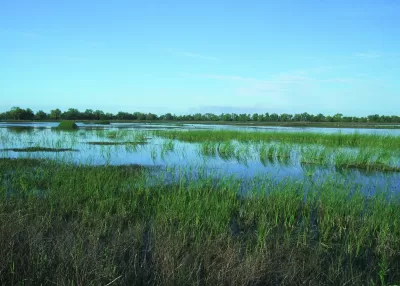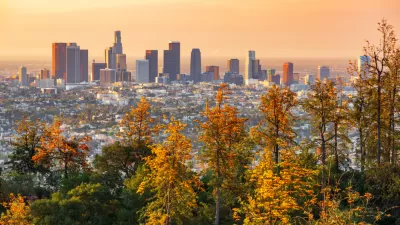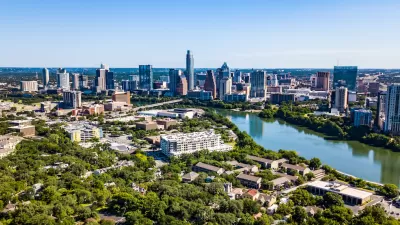Five actions governments could take quickly to reduce emissions and restore ecosystems.

As climate change poses an increasingly urgent threat, writes Zak Smith, "[t]he United States and other countries can immediately expand investment and support for natural climate solutions that provide the triple benefit of reducing emissions, taking carbon out of the atmosphere, and increasing the resiliency of the natural world." Focusing on restoration and resilience will put ecosystems "in a better position to withstand climate change impacts, which means they’ll be more likely to continue providing the foundational natural building blocks we rely upon for human life, like clean air, clean water, food security, and flood control."
Natural climate solutions, argues Smith, "provide an opportunity to bring everyone to the table. To avoid the mistakes of the past, we must include the voices of communities that have been and will be disproportionately burdened by the impacts of climate change and the industries creating our global warming nightmare."
Smith suggests five actions that can be taken immediately:
- Protect the ocean, "our best ally in combating climate change."
- Protect forests. Smith argues that because "countries in the Global North are driving some of the fastest primary forest loss in the world," they must "look beyond tree planting and protect the carbon-rich forests and trees already playing such an important role in the climate fight."
- "Embrace regenerative agriculture" and create more sustainable food systems.
- Acknowledge the importance of wetlands and take steps to protect them.
- Dedicate more land area to nature. " If we conserve enough representative ecosystems, we can reverse terrestrial biodiversity loss, limit future carbon emissions from land conversions, and bolster natural carbon removal."
FULL STORY: Five Natural Climate Solutions to Mitigate Climate Change

Planetizen Federal Action Tracker
A weekly monitor of how Trump’s orders and actions are impacting planners and planning in America.

San Francisco's School District Spent $105M To Build Affordable Housing for Teachers — And That's Just the Beginning
SFUSD joins a growing list of school districts using their land holdings to address housing affordability challenges faced by their own employees.

The Tiny, Adorable $7,000 Car Turning Japan Onto EVs
The single seat Mibot charges from a regular plug as quickly as an iPad, and is about half the price of an average EV.

As Trump Phases Out FEMA, Is It Time to Flee the Floodplains?
With less federal funding available for disaster relief efforts, the need to relocate at-risk communities is more urgent than ever.

With Protected Lanes, 460% More People Commute by Bike
For those needing more ammo, more data proving what we already knew is here.

In More Metros Than You’d Think, Suburbs are Now More Expensive Than the City
If you're moving to the burbs to save on square footage, data shows you should think again.
Urban Design for Planners 1: Software Tools
This six-course series explores essential urban design concepts using open source software and equips planners with the tools they need to participate fully in the urban design process.
Planning for Universal Design
Learn the tools for implementing Universal Design in planning regulations.
Smith Gee Studio
City of Charlotte
City of Camden Redevelopment Agency
City of Astoria
Transportation Research & Education Center (TREC) at Portland State University
US High Speed Rail Association
City of Camden Redevelopment Agency
Municipality of Princeton (NJ)





























